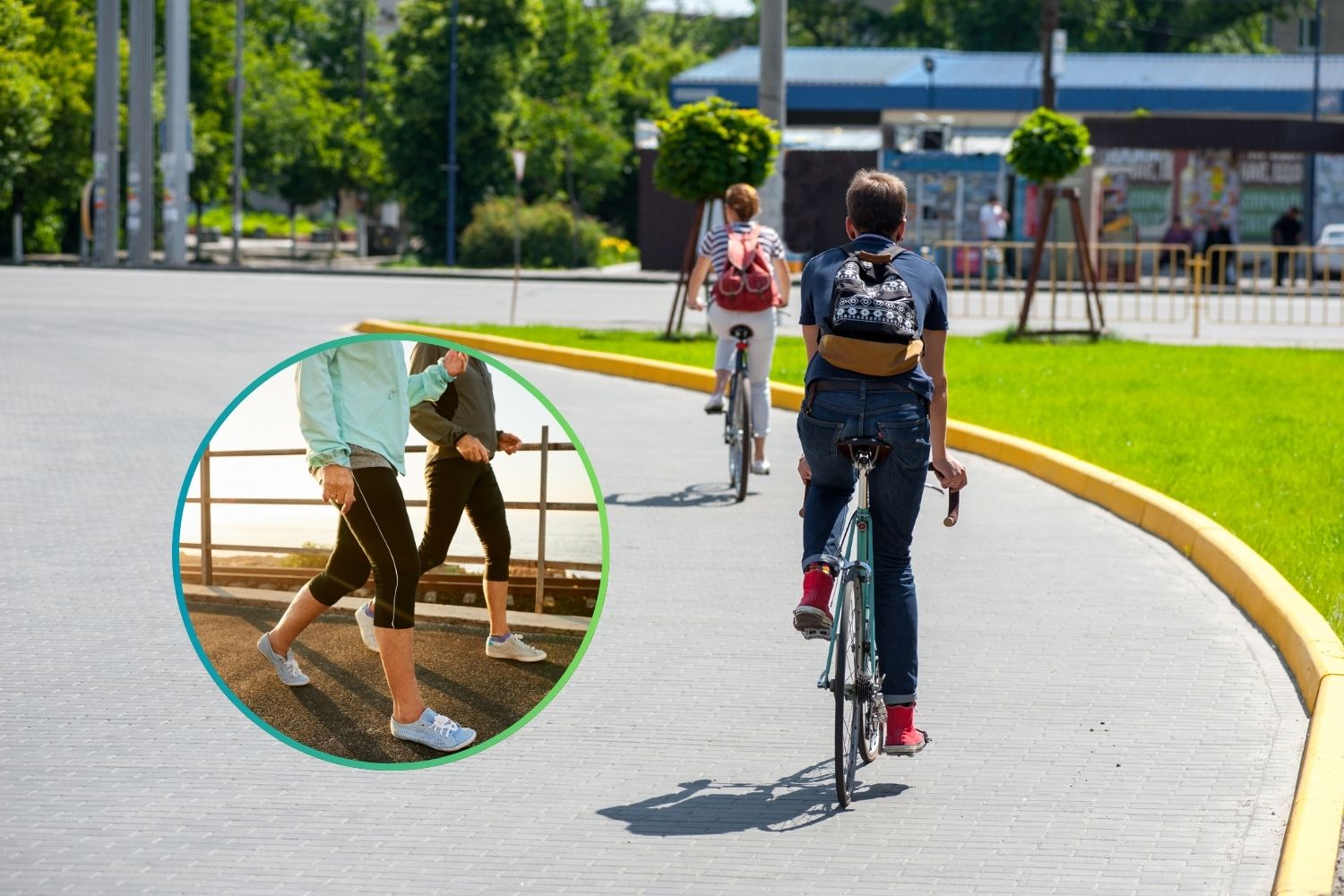Why bicycles are the most energy-efficient form of transport, from biomechanics to physics, and how they outperform walking and running in almost every condition.

Every morning starts the same
Imagine this: you open your front door, and the only thing between you and your workplace is a 3.1-mile (5-kilometer) journey. No car. No bus. Just your own legs and a decision to make—an hour-long walk or 15 minutes on a bike, almost sweat-free. The choice is obvious: you hop on the saddle.
And you’re not alone. It’s estimated that there are over one billion bicycles in use worldwide. That’s not a fluke. The bicycle remains one of the most efficient modes of transportation ever created, capable of carrying us farther and faster while demanding surprisingly little energy compared to walking or running.
But what exactly makes cycling such a marvel of energy efficiency? The answer lies in biomechanics—the way our body interacts with this deceptively simple machine.
The magic of simplicity
At its core, the bicycle is a stroke of genius. Two wheels. Pedals. A chain connecting your effort to the rear wheel. And gears that let you adapt your force to the terrain. But behind that minimalism is a machine that syncs astonishingly well with how the human body works.
When we walk or run, every step is essentially a controlled fall. We swing our legs in wide arcs, battling gravity with each stride. That swinging takes energy—a lot of it—just to move your limbs. Think of how tiring it would be to swing your arms for an hour straight. That’s the kind of invisible energy cost you pay with every footstep.
Cycling, on the other hand, uses a much smaller range of motion. Your legs move in a compact circular path. There’s no need to constantly lift the full weight of your lower limbs. All it takes is a steady rotation of thighs and calves, and you’re off. Even from the very first few feet, the difference in energy use is noticeable.
But the real magic? It’s in how the bicycle transforms muscular effort into motion. Every footstep involves a small impact with the ground—a tiny collision. That thump under your shoes, those little shocks in your knees—that’s wasted energy, mostly turned into sound and heat.
Walking or running introduces another kind of inefficiency. When your foot lands in front of your body, it acts like a brake. Your muscles then have to work twice: once to overcome that slowdown, and again to speed you back up.
The wheel—arguably one of humanity’s most revolutionary inventions—solves this problem elegantly. Instead of colliding with the ground, it rolls. Its point of contact gently “kisses” the road and moves on, losing virtually no energy in the process.
On a bike, there’s no stop-start rhythm like in walking. The energy from your legs flows directly into forward motion, smooth and uninterrupted.
Muscles in their comfort zone
There’s something else that gives cycling a biomechanical edge. Muscles, like engines, have a “sweet spot.” When they contract too quickly, they become inefficient—weaker and hungrier for energy. It’s why sprinting exhausts you more than walking.
Enter the bicycle’s gear system. By shifting gears, you can maintain a steady pace while increasing resistance, keeping your muscles in their optimal power zone. This means you can go faster and farther without burning out.
According to scientific studies, cycling is at least four times more efficient than walking, and eight times more efficient than running.
When walking still wins
Of course, bikes aren’t always the best option. On extremely steep slopes—say, anything over 15% grade (that’s a 1.5-meter rise every 10 meters, or about 5 feet every 33 feet)—the circular pedaling motion can’t generate enough force to lift both you and your bike. In those situations, straight-leg motion, like in hiking or stair climbing, becomes more effective.
But flip the scenario: on a steep downhill, the bike comes into its own. The steeper it gets, the less you have to pedal. Eventually, you’re coasting, almost effortlessly. Walking downhill, in contrast, can be surprisingly hard on the body. Once you go beyond a 10% slope, each step brings jarring impacts and joint strain, turning into another form of wasted energy.
The data is crystal clear: bicycles dramatically reduce the three biggest energy losses in human-powered motion—limb movement, ground impact, and muscle inefficiency. That makes them not just practical, but profoundly engineered for performance.
So the next time you breeze past pedestrians on your morning commute, take a second to appreciate the biomechanical elegance of what you’re riding. It’s not just a tool with two wheels—it’s a finely tuned extension of the human body, designed to maximize every ounce of muscle power.
Source: The Conversation
